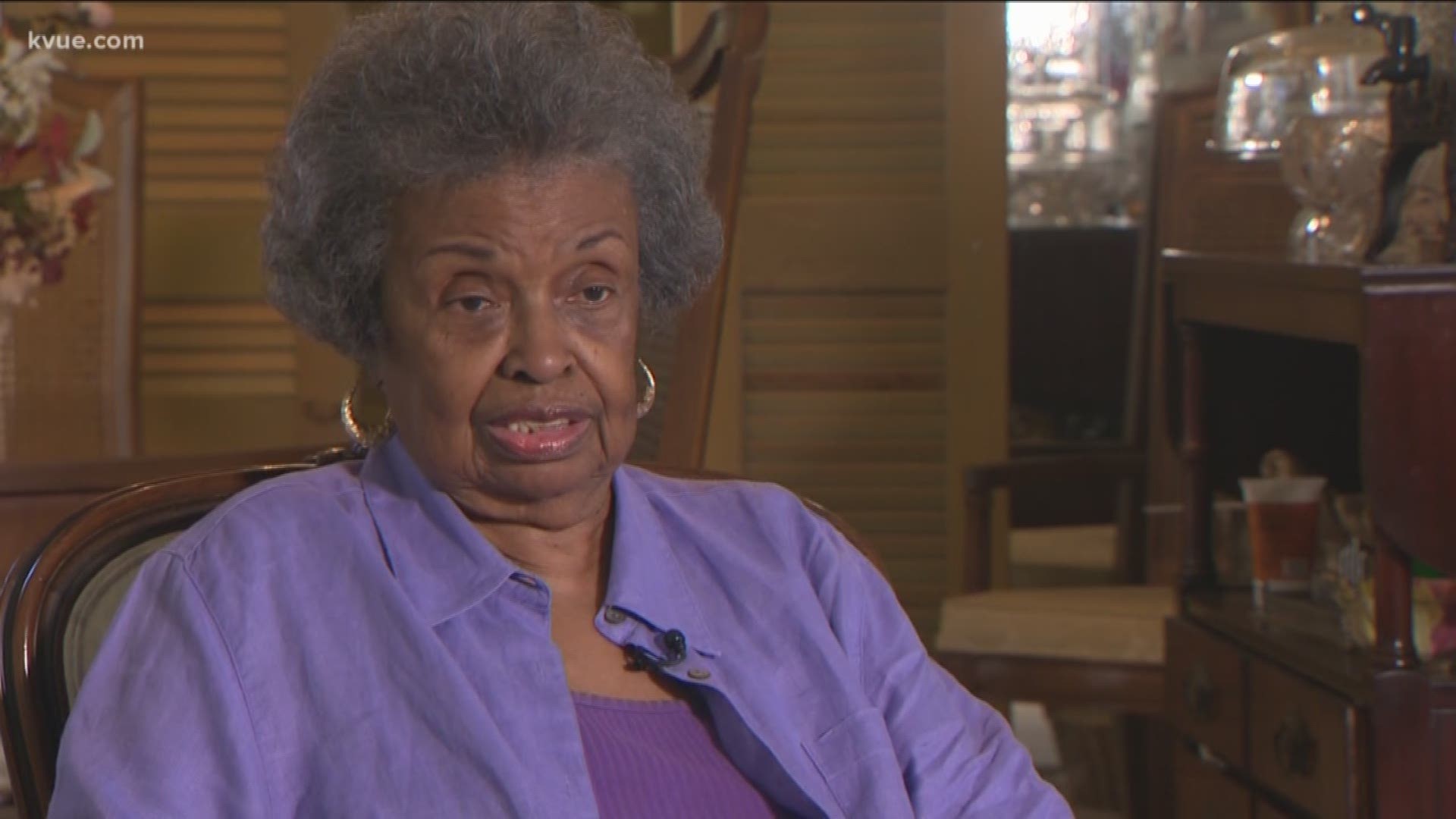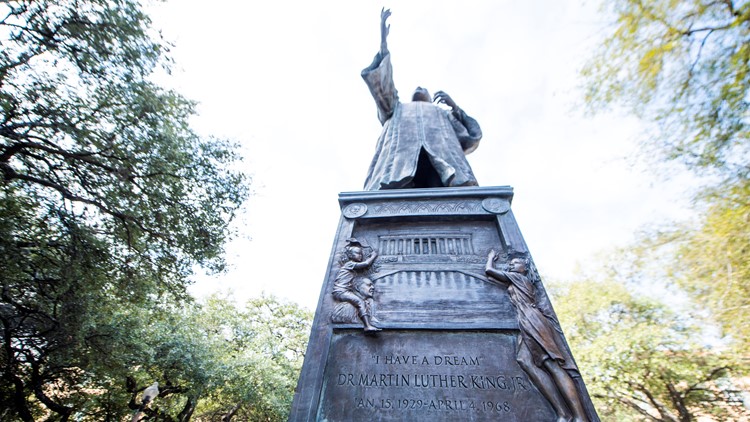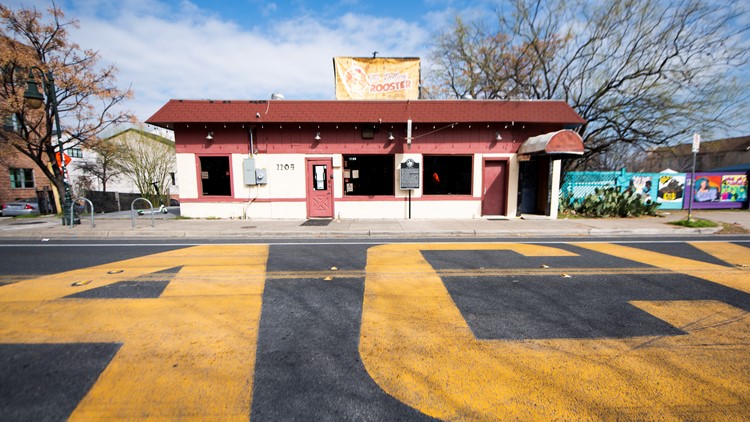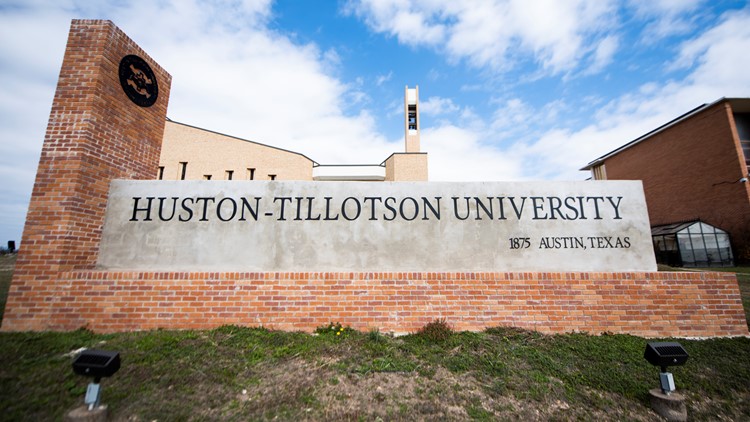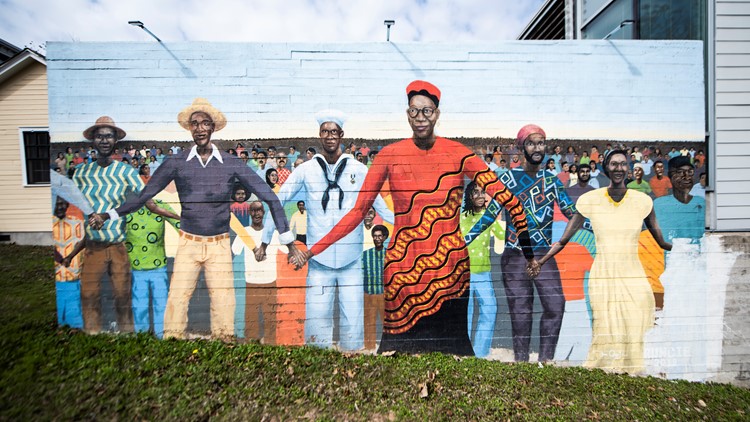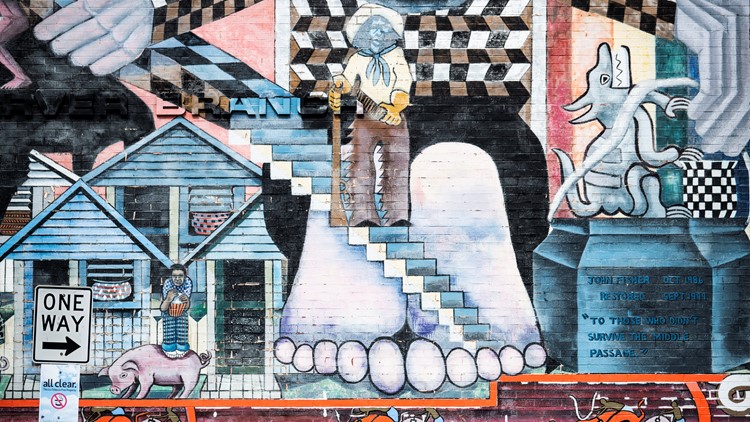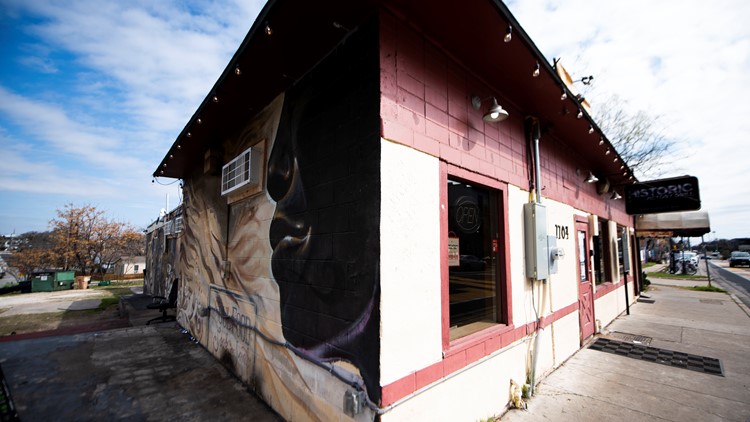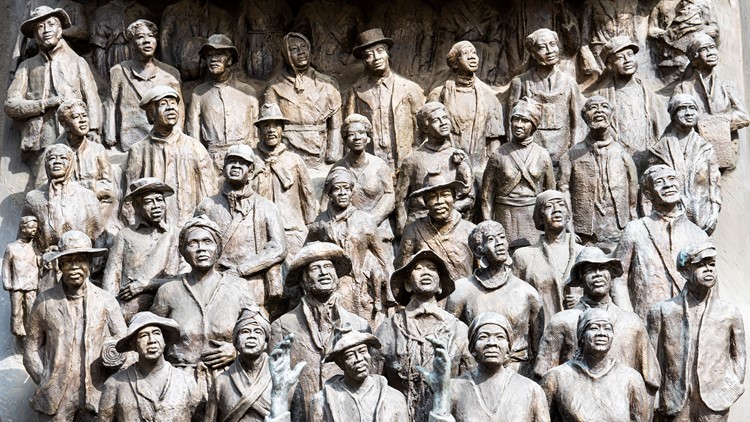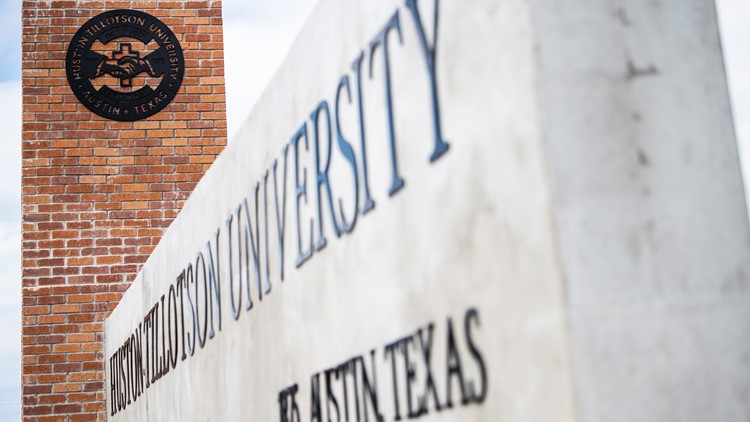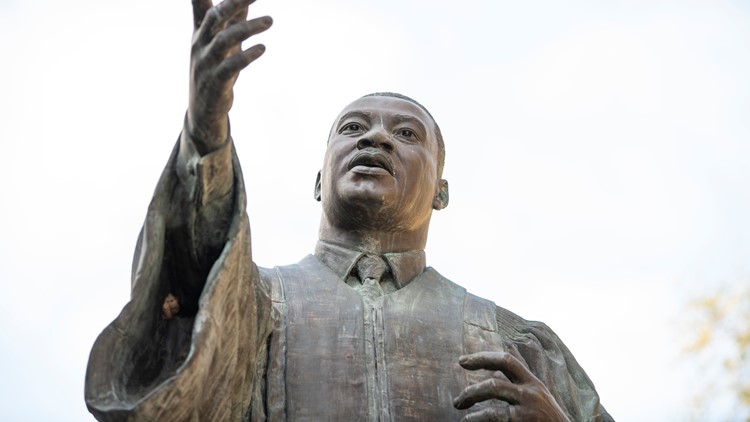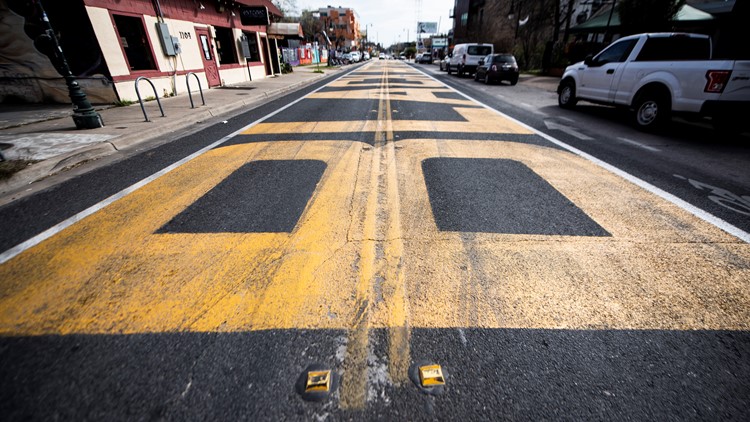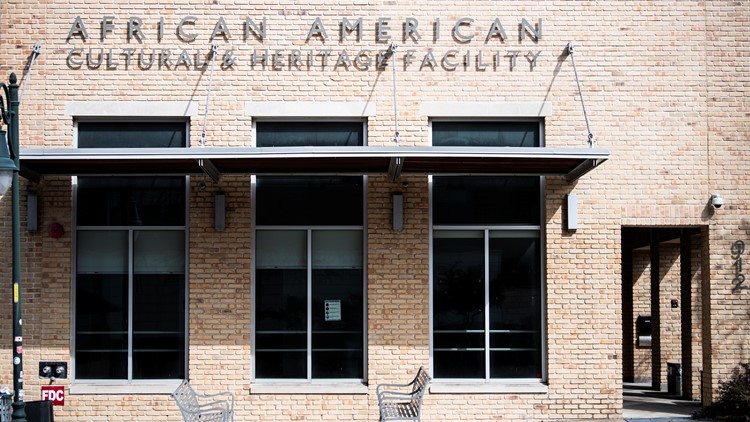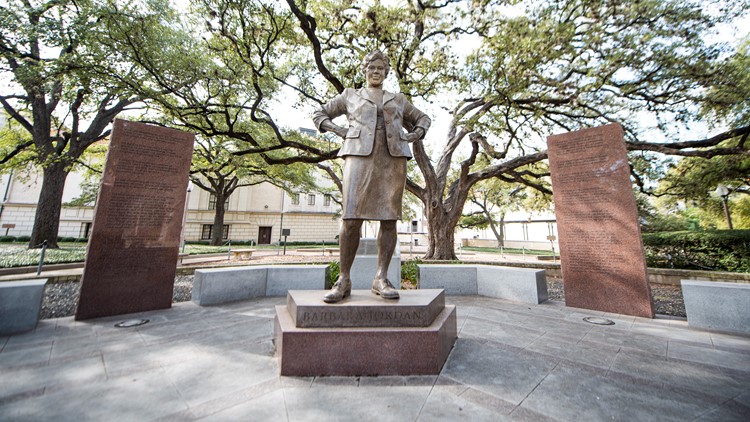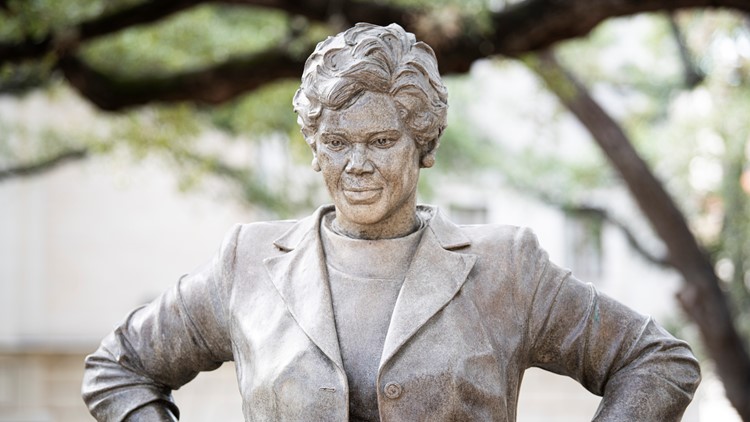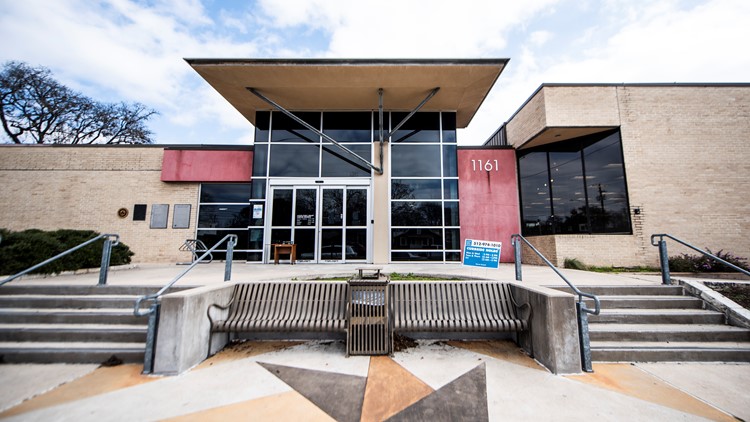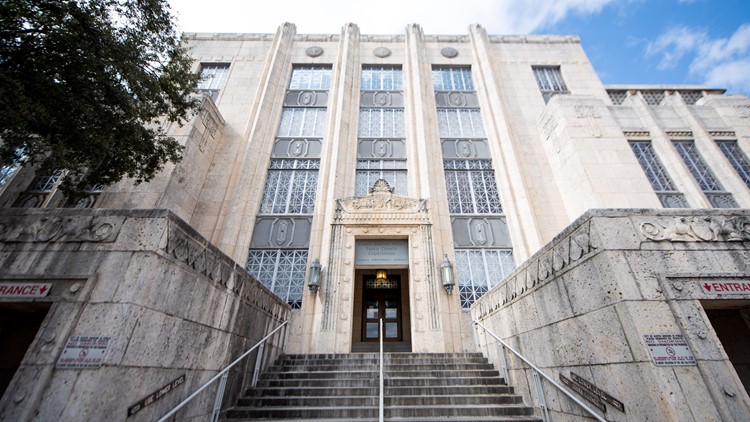AUSTIN, Texas — As part of Black History Month, KVUE is highlighting landmarks in the Austin area that tell the story of the region’s Black community.
For decades, the city’s racial divide was defined by the City Plan of 1928, which effectively split the city by placing Black people into neighborhoods east of what is now Interstate 35, then East Avenue. Austin’s Black community remained largely on the east side, with a lack of City resources.
Gentrification has since fueled a loss of community and history in East Austin, with decreasing diversity and economic segregation a side effect of the city’s growing affordability crisis. But thanks to the efforts of community leaders, many landmarks remain around the city that tell the history of Austin’s Black community and the struggle against segregation.
In 1972, Barbara Jordan broke barriers, becoming the first Black woman from the South to serve in the U.S. Congress. Growing up, the U.S. congresswoman and civil rights leader from Houston could not attend the University of Texas at Austin because of segregation.
But after retiring from politics in 1979, she became an adjunct professor at UT’s LBJ School of Public Affairs – a product of the advancements made in civil rights over the course of her life and career. In 2009, Jordan’s statue became the first statue of a woman on the UT campus grounds.

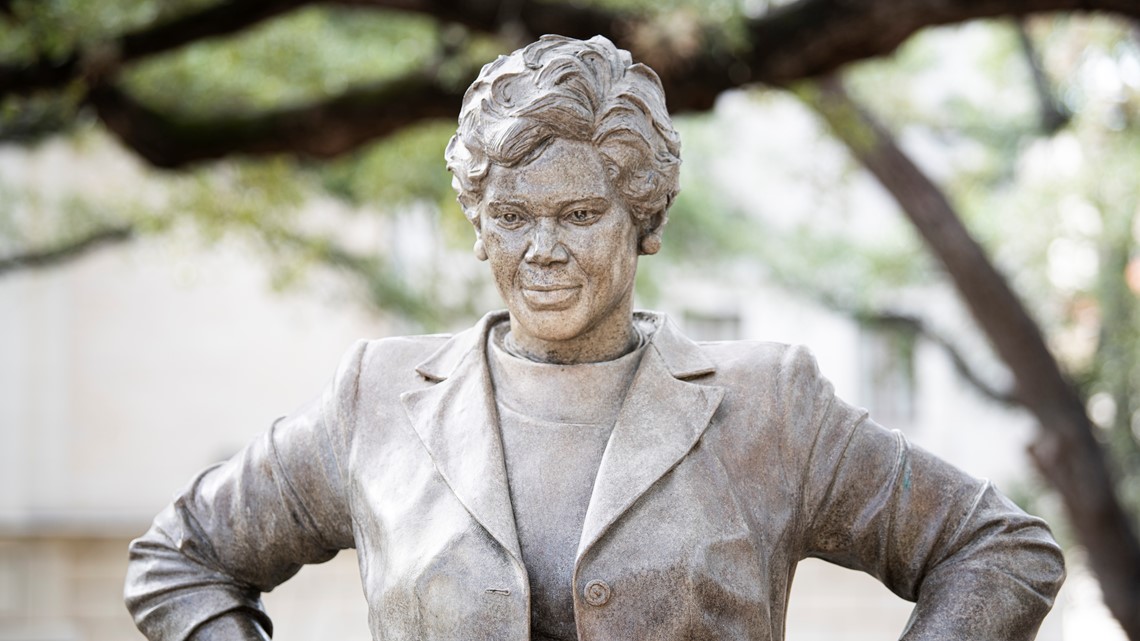
Barbara Jordan’s likeness can also be found at the Texas African American History Memorial on the state Capitol grounds – a monument honoring the state’s African American history from the 1500s to the present. Sculpted by Ed Dwight and erected by the Texas African American History Memorial Foundation in 2016, the memorial includes depictions of Hendrick Arnold, who fought for Texas independence, as well as Juneteenth, commemorating the end of slavery in the U.S.

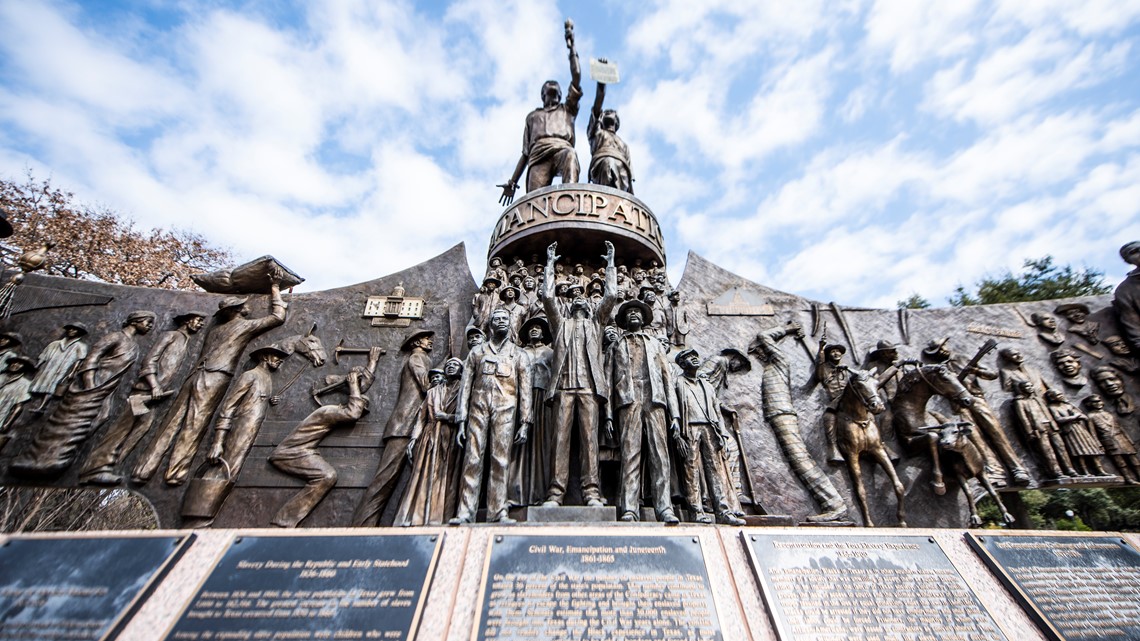
The Historic Victory Grill opened in 1945 and became part of the “Chitlin’ Circuit” of Black juke joints in the U.S., hosting legends such as James Brown, Billie Holiday, Etta James and Chuck Berry. The nightclub portion of Victory Grill closed in the 1970s before a fire devastated the building in 1988. After a series of fundraising concerts, it was rebuilt in 1996 as a cornerstone of the “Live Music Capital of the World.” By 2011, the venue was open for private events, including South by Southwest performances.
As East Austin continues to grapple with the effects of gentrification and growth, the Historic Victory Grill has become the home of chicken and waffle restaurant The Rolling Rooster, which started as a food truck in Pflugerville in 2015. The restaurant offers soul food such as oxtail, fried fish and wings.

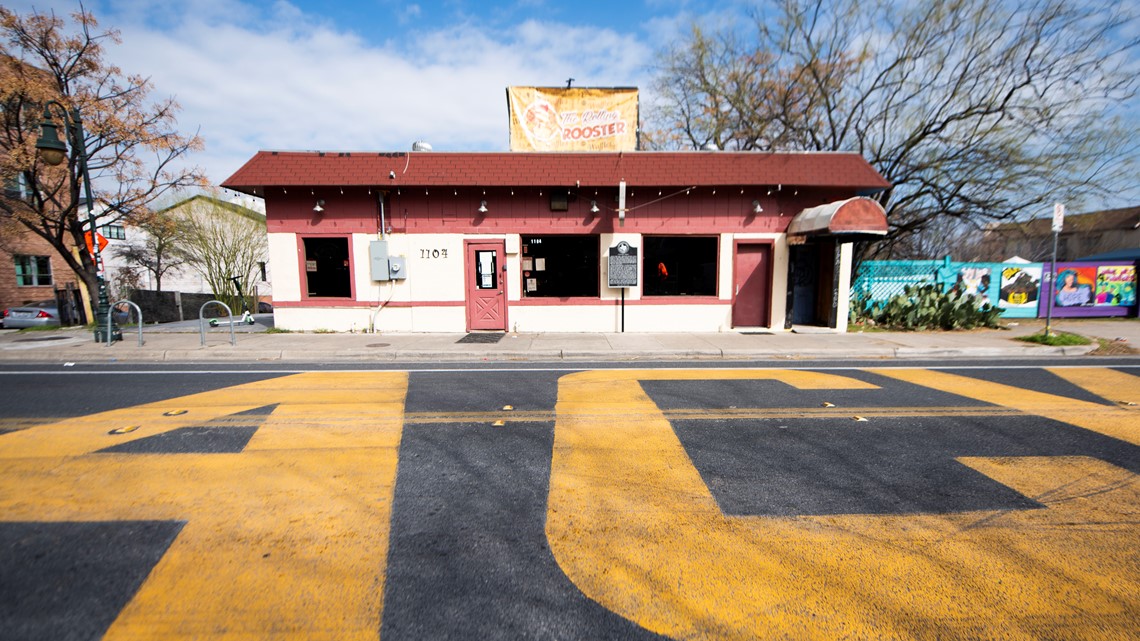
As a historically Black college, Huston-Tillotson University paves the way for success for our African American community. HTU was established in 1875 as the first institution of higher learning in Austin. After a merger between Samuel Huston College and Tillotson College in the 1950s, the school became Huston-Tillotson College. The campus served as a sole provider of higher education for African Americans in Central Texas – that is until Brown v. Board of Education in 1954.
Fast forward to today: the school now goes by its current name and continues to empower and educate its students.

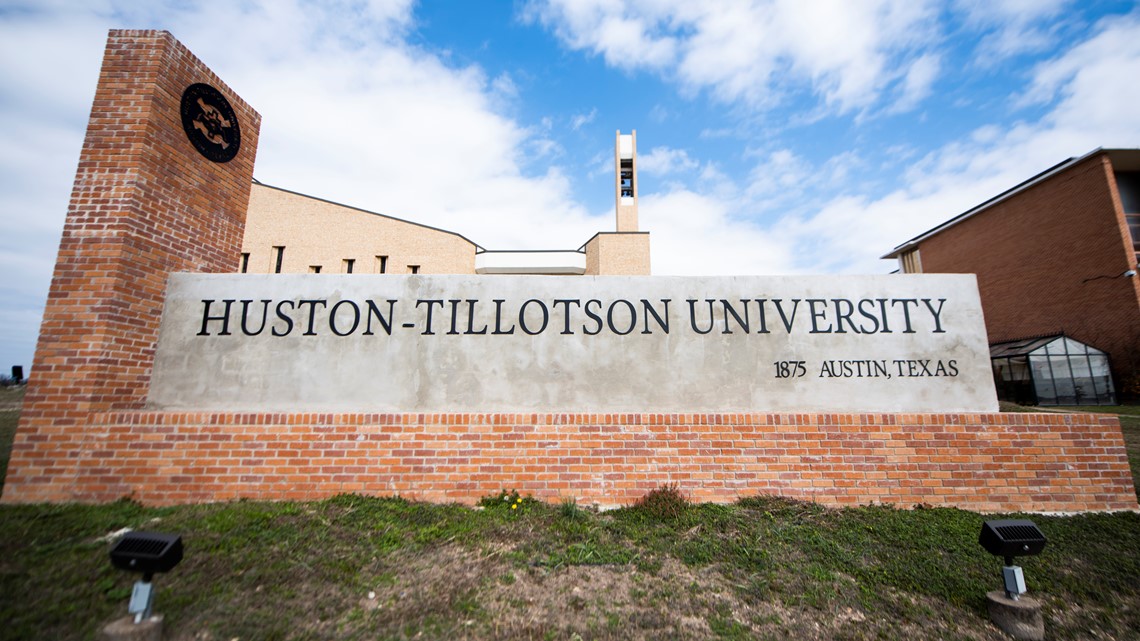
Named after the most prominent Black scientist of the early 20th century, the George Washington Carver Museum, Cultural and Genealogy Center honors and celebrates Austin’s rich African American history. The original building was built in 1926 at the corner of Ninth and Guadalupe streets, housing Austin’s first public library. After being replaced by a larger structure in the 1930s, the building was moved to East Austin to serve the Black community.
Fast forward to today: what was once a small building on 1165 Angelina St., is now a 36,000 square foot facility, leaving a huge impact on our community.

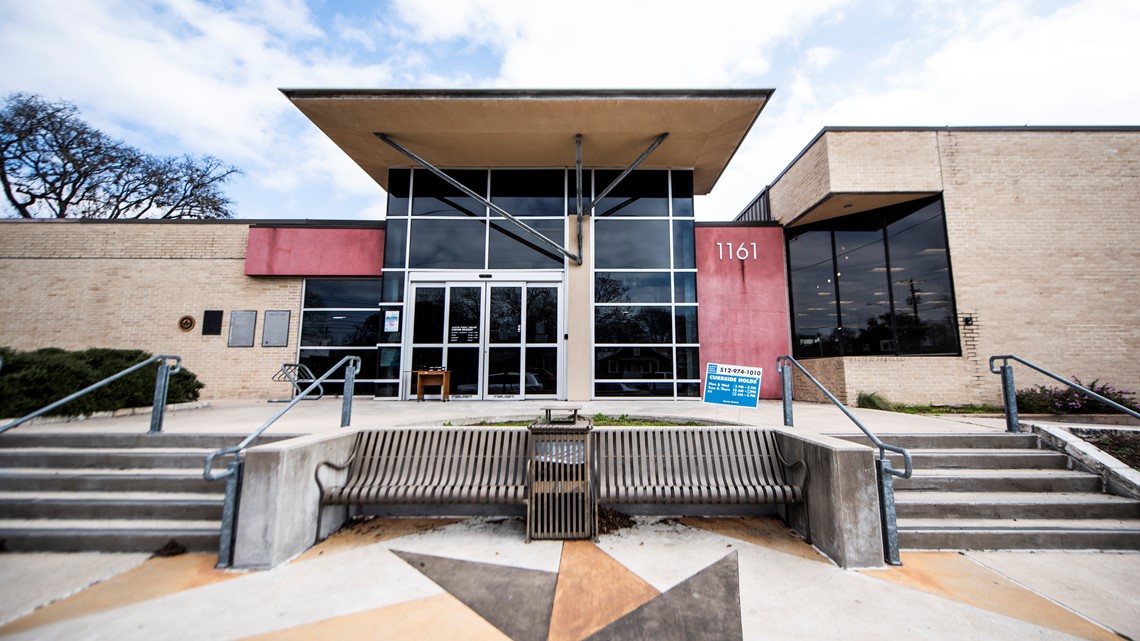
Known as one of the most iconic sculptures in Austin, the statue of Martin Luther King Jr. honors the life and legacy of the famous American civil rights leader. Located on the East Mall of the University of Texas campus, the bronze statue was first unveiled in 1999. But the idea was developed by a group of UT students in 1987.
Fast forward to today: the statue still stands tall, representing the movement Dr. King led and reminding us of how much more can be done.

